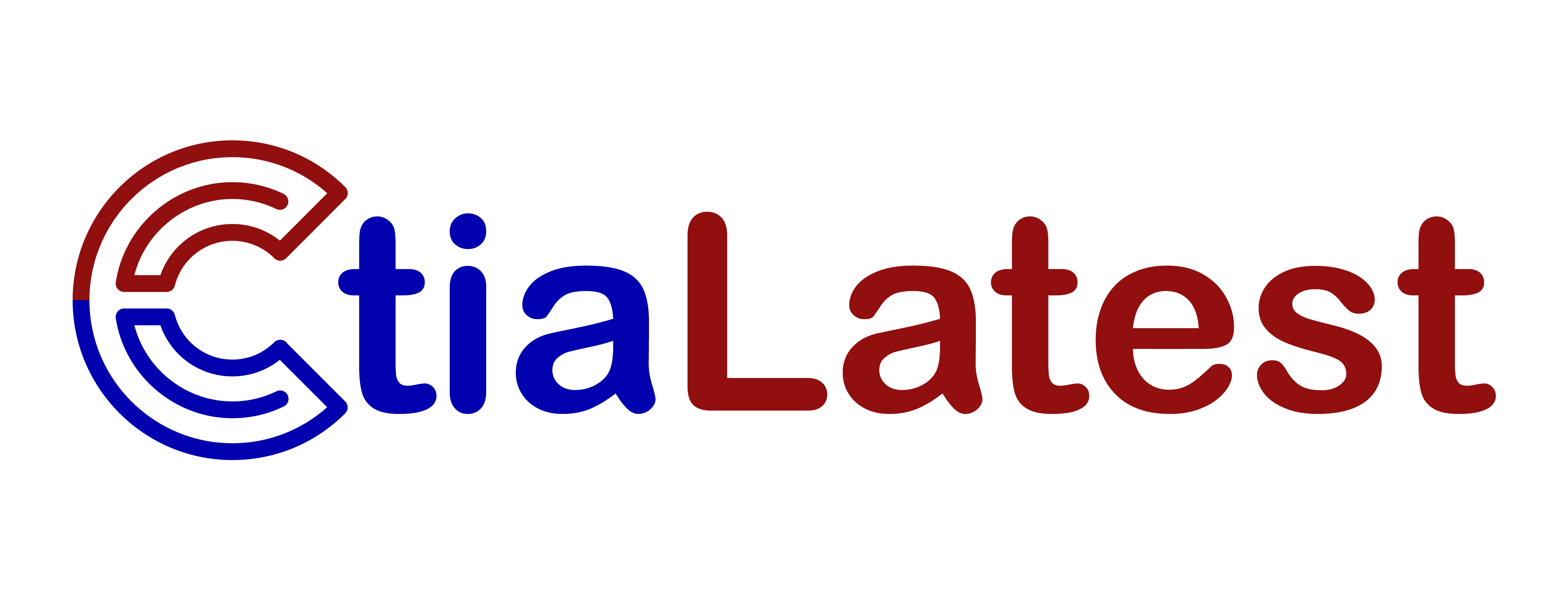Navigating the world of health insurance can feel like wandering through a labyrinth without a map. With so many options available, where do you even begin? This guide aims to shed light on the complexities of the Marketplace Health insurance, helping you make informed choices that best suit your needs.
Understanding the Health Insurance Marketplace
The health insurance marketplace, often referred to as the exchange, is a service available in every state where individuals, families, and small businesses can shop for and enroll in affordable medical insurance. It was created to help consumers find coverage that fits their budget and meets their healthcare needs.
Why It Matters
Choosing the right health insurance plan is crucial because it impacts both your finances and your access to necessary healthcare services. With the myriad of options available, each offering different levels of coverage and benefits, it’s vital to compare plans carefully.
Different Types of Plans
In the marketplace, you’ll encounter several types of plans. These include Health Maintenance Organizations (HMOs), Preferred Provider Organizations (PPOs), Exclusive Provider Organizations (EPOs), and Point of Service (POS) plans. Each one has its rules about how you can access services and which doctors you can see.
Health Maintenance Organizations (HMOs)
HMOs usually require you to choose a primary care doctor and get referrals to see specialists. They often have lower premiums, but you must use the network of doctors and hospitals.
Preferred Provider Organizations (PPOs)
PPOs offer more flexibility when choosing doctors and hospitals. They usually have higher premiums than HMOs, but they allow you to see any doctor without a referral, even outside the network.
Exclusive Provider Organizations (EPOs)
EPOs are similar to PPOs, but they typically do not cover any out-of-network care except in emergencies. They might have lower premiums than PPOs, but less flexibility.
Point of Service (POS) Plans
POS plans combine features of HMOs and PPOs. Like HMOs, you need a referral to see a specialist. Like PPOs, you can see doctors out-of-network, but at a higher cost.
How to Compare Plans
When comparing plans, consider your health needs and those of your family. Look at the benefits covered and the costs involved, including premiums, deductibles, co-pays, and out-of-pocket maximums.
Premiums and Deductibles
Premiums are what you pay monthly for coverage, while deductibles are what you pay out-of-pocket before your plan starts covering expenses. A plan with a lower premium might have a higher deductible.
Co-Pays and Co-Insurance
Co-pays are fixed amounts you pay for services, while co-insurance is your share of the costs after meeting your deductible. Understanding these can help you predict your healthcare expenses.
Out-of-Pocket Maximums
The out-of-pocket maximum is the most you will pay in a year, besides your premiums. After reaching this limit, your insurance pays 100% of covered services.
Conclusion
Navigating the health insurance marketplace doesn’t have to be daunting. By understanding the different types of plans and their features, you can make informed decisions. Remember, the right plan for you is one that fits both your health needs and your budget. If you’re still unsure, consider reaching out to a certified marketplace navigator or agent for personalized assistance. Your health is invaluable, and securing the right coverage is a significant first step in protecting it.











